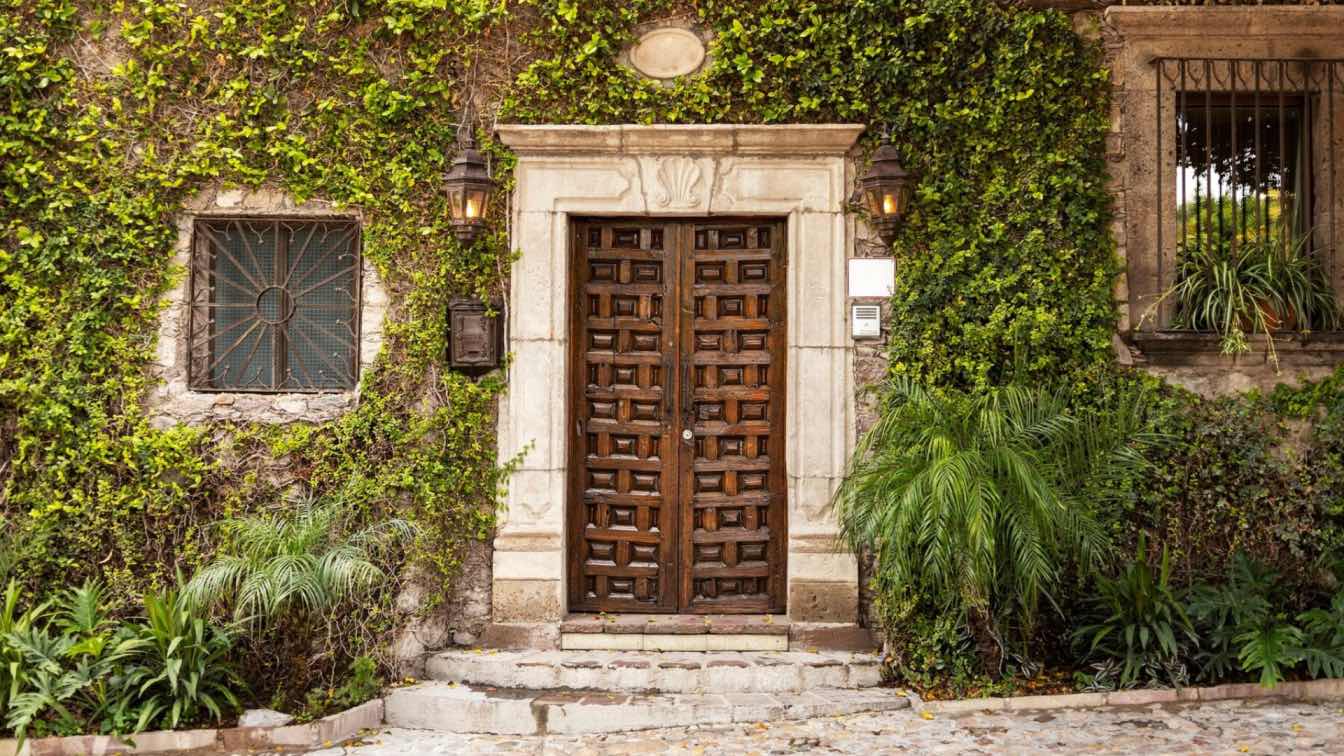In modern architecture, the integration of indoor and outdoor living spaces is a testament to evolving design philosophies that prioritize harmony with nature.
Understanding these key elements of indoor design can help homeowners and designers craft seamless indoor-outdoor experiences that elevate residential spaces to new heights.
This guide explores innovative door designs that merge these environments, enhancing aesthetic appeal and functional utility. It is an excellent read if you're looking to integrate indoor and outdoor living spaces.
Bifold Doors in Seamless Integration
Bifold doors are crucial in blending indoor and outdoor spaces. They offer flexibility and unobstructed views. When fully opened, they create expansive entryways that dissolve boundaries between interiors and exteriors.
Implementing bifold doors facilitates fluid movement between areas while maintaining architectural coherence throughout the living space.
Architects prefer bifold doors because they fold neatly against the wall, maximizing space efficiency. Modern bifold designs incorporate slim frames made from aluminum or composite materials, ensuring durability and sleek aesthetics.
The Versatility of Sliding Mechanisms
Sliding doors are another innovative solution. These doors operate on tracks, sliding horizontally to open up large sections of the wall. They are particularly beneficial in areas with limited space, where traditional hinged doors might be impractical.
Their sleek design ensures a continuous visual connection between interiors and exteriors, enhancing natural light flow.
Modern sliding door systems often feature high-performance glass that offers excellent thermal insulation while maintaining transparency. This allows homeowners to enjoy outdoor scenes without sacrificing energy efficiency or comfort.
Natural Timber for Organic Integration
Using natural timber, such as reclaimed oak or Douglas fir, indoor designs offer an organic aesthetic that seamlessly integrates indoor and outdoor environments.
Reclaimed oak doors provide robustness and ecological appeal by repurposing aged wood, while Douglas fir is renowned for its strength and rich texture. These timbers blend beautifully with outdoor wooden elements like decks or garden structures while ensuring durability against weather conditions through proper treatment.
Weather-Resistant Timber for Enduring Designs
Selecting weather-resistant timbers like Ipe and Teak ensures that door designs maintain their integrity against the elements. Ipe, a dense hardwood from South America, offers remarkable durability and resistance to rot, making it ideal for exterior applications.
Similarly, Teak is prized for its natural oils that provide inherent moisture resistance and prevent decay. When integrated into door designs, these timbers enhance the seamless transition between indoor and outdoor spaces by mirroring external wooden features such as patios or fences.
These materials require minimal maintenance while delivering aesthetic harmony with surrounding landscapes, which exemplifies how natural materials can contribute to functional elegance in residential architecture.
Combining Modern Aesthetics with Timber
Homeowners seeking a modern aesthetic while integrating natural elements can opt for timber varieties like White Oak and Walnut. These woods offer sleek, contemporary finishes that align with minimalist design principles.
White Oak, known for its fine grain and light color, can be treated to achieve smooth surfaces suitable for modern door designs. Walnut provides a rich, dark hue with distinctive grain patterns that add sophistication without clashing with the surrounding environment, allowing homeowners to maintain architectural modernity while harmonizing indoor spaces with outdoor aesthetics.
The Efficiency of Pocket Doors
Pocket doors serve as an innovative solution for integrating indoor and outdoor living spaces. These doors slide into a wall cavity, completely disappearing when opened, thus maximizing usable space and ensuring a seamless transition between areas.
By vanishing from sight, pocket doors eliminate barriers, creating an uninterrupted flow that enhances the connection with outdoor environments. This design is particularly effective in smaller homes where conserving space is crucial while maintaining aesthetic appeal.
Modern pocket door systems often incorporate high-quality materials like tempered glass or weather-resistant wood veneers such as Cedar or Mahogany to ensure both durability and visual harmony.
The Versatility of Patio Doors
Patio doors offer a versatile and efficient solution for integrating indoor and outdoor spaces. These doors, typically larger than standard ones, often come with glass panels that provide unobstructed views of the exterior.
This design ensures ample natural light enters the home, fostering a connection between inside and outside environments. Sliding or French patio doors can be tailored to fit various architectural styles, whether traditional or contemporary.
High-performance patio door options include energy-efficient glass with coatings that regulate temperature while minimizing glare. Additionally, incorporating materials like aluminum-clad wood combines durability with an aesthetic appeal suitable for diverse climates.
Conclusion
Integrating indoor and outdoor living spaces through innovative door designs enhances the functionality and aesthetic appeal of modern homes.
Whether using bifold doors, sliding mechanisms, natural timbers, or versatile patio options, each approach fosters a seamless transition between environments.
These thoughtful design choices ensure a harmonious blend of interiors with nature while maintaining durability and style.





